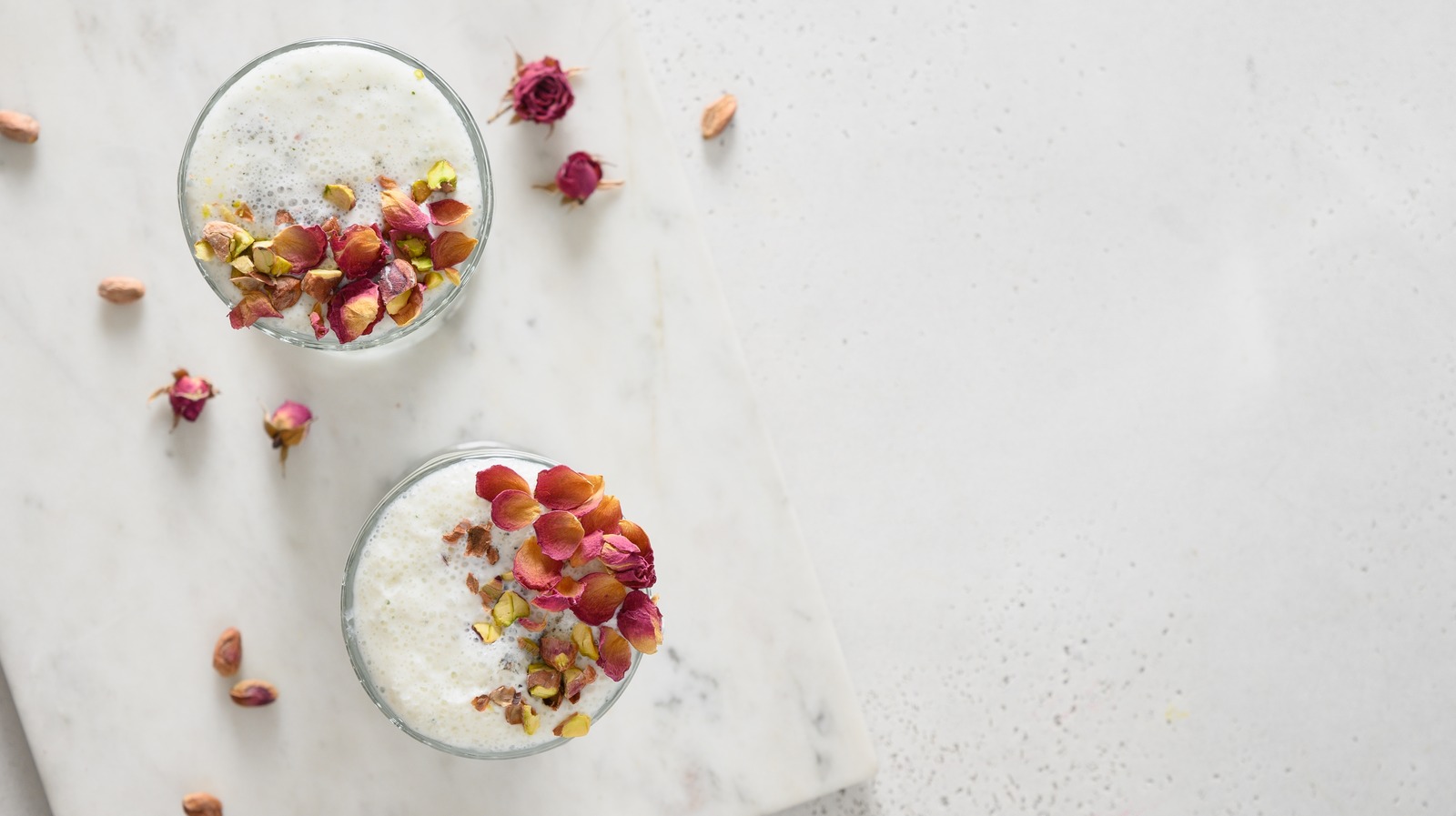If it's anything to go by the decor inside the Victory Inn, publican Simon Smith loves surfing. Surfboards hang from the ceiling where in other pubs you'll find pewter tankards and horse brass buckles. Paintings on the walls show the ocean and the coast in their natural beauty while others show the good and the bad of the industry.
It is Simon's own art. It is also his way of highlighting a very serious issue, that of plastic pollution and the cheap nasty bodyboards in particular that end broken up on Cornwall's beautiful beaches - alongside our campaign by e to rid our shores of cheap, throwaway, styrofoam bodybards. Simon returned to Cornwall in 2007 after selling up the successful head hunting business he had established up country and decided to buy the Victory Inn that stands on a hill above Porthtowan.

Two years ago, he also enrolled in a fine art masters course at and it is that particular journey that led him to create the biggest wave of polystyrene ever. "It was my final year project," Simon said. "It's called Swell of Discard.
I wanted to highlight the waste the surf tourism industry creates when holidaymakers think they're surfers by buying these cheap throwaway bodyboards." Inspired by Katsushika Hokusai's Great Wave off Kanagawa and British artist Phyllida Barlowe's work, Simon said he wanted to show how we are being hit by a great wave of waste, with every single one of these cheap boards unleashing a tide of polystyrene every time they snap in half. Whilst not a surfer himself, Simon admits having a great affinity with Cornwall's surf culture and his pub is very much a hang out for Cornwall's surfing greats including sponsoring British sightless surfer Melissa Reid to supporting Ben Skinner and his surfing prodigy son Lukas.
"I'm a cubist," Simon said. "I came to University as a cubist. That's what I do.
But over the last two years they really encouraged me to think outside the box. I came up with this idea of doing an installation and by the time I graduated my final project was an 18ft wave made up of 400 discarded bodyboards." Throughout his degree course and in preparation for his big finale project, Simon created an ephemeral graveyard of dead boards on Porthtowan to "highlight the mortality of consumerism" which allowed and encouraged people to interact with it and take their own pictures.
"It was quite poignant," he said. He then created his own six-board deep version of Hokusai's Great Waveas well as paintings too then realised a maquette from lollipop sticks, which he painted and photographed on the beach as part of his paper on the final project, its meaning and creative process. It was while making up his models of his final piece that he thought about where he could possibly source the boards he would need.
"That's when I started talking to Neil Hembrow's Ocean Recovery Project at Keep Britain Tidy. I asked how many I could get and he told me they collect more than 800 hundred a year so in the end it ended up being 400 boards." Simon said that as part of the process of creating a self-supporting wave made of bodyboards he needed to find a way to stick them together without punching holes in them or they would have disintegrated.
He contacted glue maker Bostik and Velcro and thanks to some sponsorship from them found a way to keep all the boards together - albeit in three sections. "It couldn't support the weight," Simon explained, "so I had to build a frame and some sort of pulley system behind the scenes. I also keep the boards together with ratchet straps.
The idea being that if these straps snap, it all falls apart and breaks and ends up all over the world. The straps represent us, human beings. We have to keep it all together.
But it's not enough, is it?" Simon held his final exhibition at Cord Surfboards in which was attended by more than 100 people including the likes of Ben Skinner or St Agnes' shaper Markie Lascelles. "Steve England at Carve magazine wants to take my installation to different beaches in the South West this summer to show the wave of waste these cheap boards represent," Simon added. "After that.
Neil's project will take them back so they can be properly recycled. Simon is one of several artists to have also been commissioned by Town Council to be part of the ‘Ark of Extinction’ art project for which he will create an ephemeral mosaic made of red mining pebbles representing the once iconic red squirrel. His work will be created in one of the town's parks and will be washed away in the next rain to emphasise the point that we, human beings, are like that rain that washes wildlife away into extinction if we are not careful.
Red squirrels are a species that was once widespread throughout the UK but has suffered due to the introduction of the invasive Grey Squirrel in 1876. The Red Squirrel has been extinct in Cornwall since 1984, with the closest wild Red Squirrels being located on Tresco in the Isles of Scilly..
Food

Swell of Discard art installation shows tidal wave of plastic pollution

The installation is expected to tour beaches in the region this summer to spread the message that these cheap boards are bad for the planet, in line with CornwallLive's new Ban the Boards campaign #bantheboards















